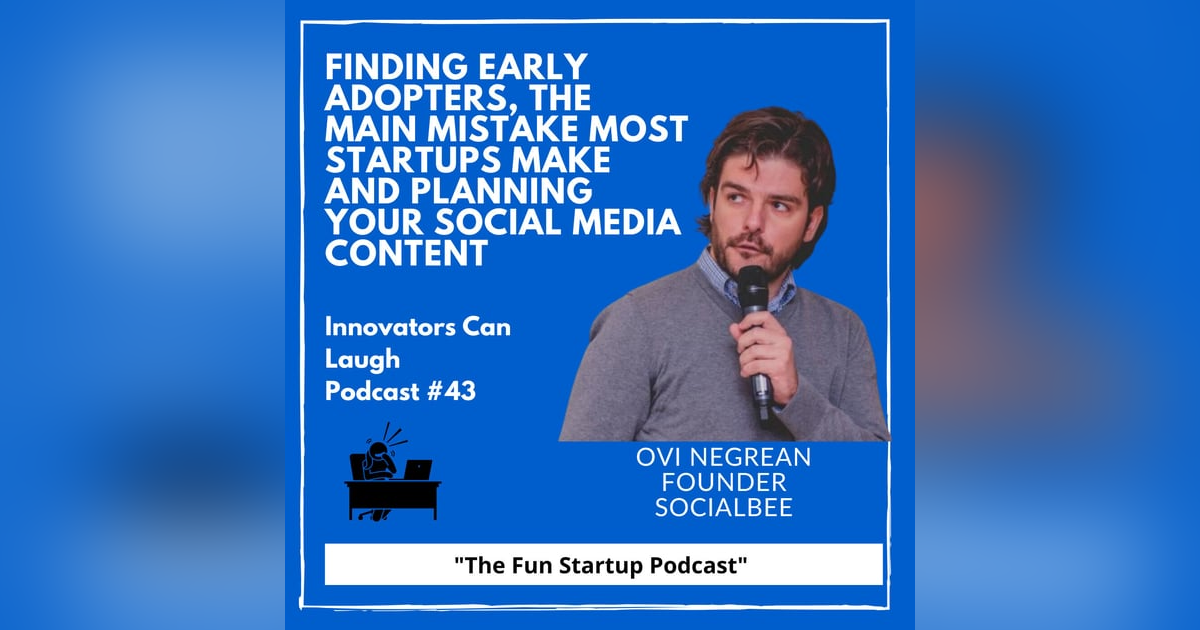April 27, 2022
Finding early adopters, the main mistake most startups make and planning your social media content with Ovi Negrean

Hey ICL fans. Today we’re talking about finding your first early adopters and the common mistakes startups make when starting out with Ovi Negrean, founder of SocialBee. SocialBee is a platform that helps SMBs get more customers through social media and is used by over 25,000 companies. It makes it very easy to plan your social media content across Insta, Tik Tok, LinkedIn and other social platforms. Ovi is also a startup advisor and mentor at the Founder Institute based out of Frankfurt and Romania.
What we discussed:
- Methods and tactics to find early adopters
- Major mistakes most startup founders make
- Tools he uses to streamline efficiency in his operation since he is a remote CEO
- How he was able to have a lot of success on ProductHunt











